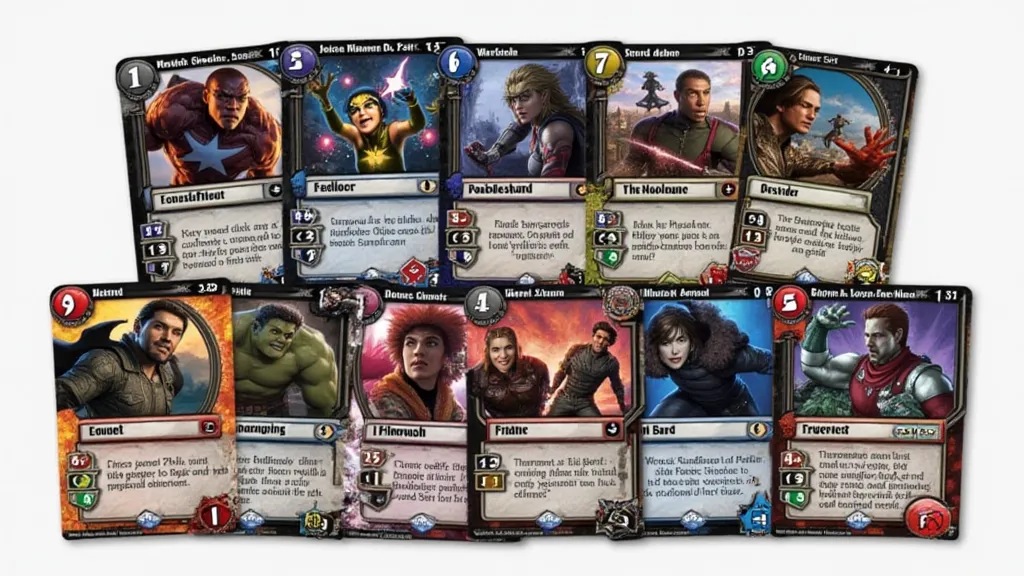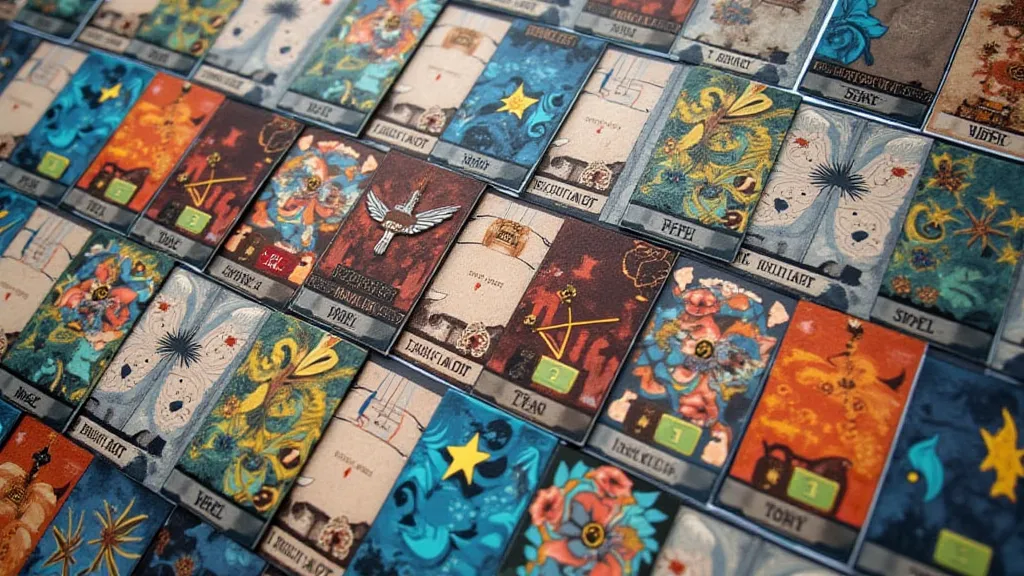The Evolution of Deck-Building: From Dominion to Modern Classics
The deck-building genre has exploded in popularity since its inception, captivating board game enthusiasts with its engaging blend of strategy and resource management. But where did this now-ubiquitous mechanic come from, and how has it evolved? Let's trace the journey of deck-building, from its groundbreaking beginnings to the innovative titles shaping the genre today. If you’ve been thinking about dipping your toes in, you might find our Deckbuilding 101: How to Master the Genre guide a helpful starting point.
The Genesis: Dominion and the Birth of a Mechanic
Before 2008, the concept of actively constructing your deck during gameplay was almost unheard of. Then came Dominion, designed by Donald X. Vaccarino. This seemingly simple game introduced a revolutionary idea: players started with a small, identical deck of basic cards and, through strategic purchases, added powerful new cards to it. The goal wasn't to simply *play* a deck, but to actively *build* it into a lean, efficient engine for generating victory points.
Dominion's success was undeniable. It quickly became a modern classic, lauded for its elegant design, replayability, and the satisfying sense of progression as your deck grew in power. It established a framework that countless designers would follow.

Early Influences and Iterations
The success of Dominion spawned a wave of imitators, but not all were simple clones. Some games began to experiment with different twists on the formula. Ascension: Deckbuilding Game introduced the concept of a shared market row of cards, adding a dynamic element of competition. Star Realms adopted a more aggressive, combat-focused approach with direct attacks on opponents’ health. These early iterations laid the groundwork for the genre's future evolution. The drive for innovation led to some fascinating, and sometimes quite different, interpretations of the core mechanic.
The Rise of Thematic Deck-Building
One significant shift was the integration of more robust themes. While Dominion was elegantly abstract, games like Legendary: A Marvel Deckbuilding Game embraced immersive narratives and recognizable characters. Players assembled decks based on Marvel superheroes, battling villains and completing missions. This thematic depth broadened the appeal of deck-building, attracting players who might have been intimidated by the more abstract nature of earlier games. The incorporation of themes has often been a critical factor in broadening the genre's appeal, and has resulted in some truly memorable gaming experiences.

Modern Innovations and Subgenres
Today, deck-building games continue to push boundaries. Clank! A Deck-Building Adventure blended deck-building with dungeon crawling, introducing spatial elements and risk-reward decisions. Aeon's End introduced a cooperative mode where players work together to defeat a nemesis, with unique character decks and a constantly shifting turn order. Under Falling Skies combined deck-building with a dice-rolling cooperative game. We've also seen the rise of “roguelike deck-builders” like Slay the Spire (a digital title) which bring permadeath and procedural generation to the genre. The emergence of cooperative titles has also been a significant trend, and for those interested in exploring that area, you might find our article on The State of Cooperative Board Games: Trends and Top Picks helpful.
The Evolution of Cooperative Deckbuilding
Cooperative deckbuilding takes the strategic depth of the genre and layers it with the pressure of shared responsibility. Games like Aeon's End exemplify this, demanding tight coordination and careful planning to overcome increasingly difficult challenges. The reliance on teamwork adds a unique social element, fostering communication and shared decision-making that can be incredibly rewarding. The dynamic nature of the game, with constantly shifting turn orders and unexpected events, keeps players on their toes and ensures that no two playthroughs are ever the same. The careful balancing of individual strengths and weaknesses within a team is crucial to success, making for a compelling and engaging gameplay experience.
Roguelike Deckbuilding: A New Frontier
The influence of roguelike games, traditionally defined by procedural generation and permadeath, has dramatically reshaped the deckbuilding landscape. Games like Slay the Spire offer incredibly replayable experiences where each run presents a unique combination of cards, enemies, and challenges. The inherent risk and reward of these games creates a constant sense of tension and excitement, while the strategic depth of deckbuilding allows for a high degree of player customization and optimization. This combination has proven incredibly popular, attracting both experienced deckbuilders and newcomers alike. The challenge of mastering these systems, and adapting to the ever-changing circumstances of each run, is what keeps players coming back for more.
Key Games in Deck-Building History
- Dominion: The game that started it all.
- Ascension: Deckbuilding Game: Introduced the shared market row.
- Star Realms: A fast-paced, aggressive combat-focused deck builder.
- Legendary: A Marvel Deckbuilding Game: Thematic deck-building with Marvel characters.
- Clank! A Deck-Building Adventure: Deck-building meets dungeon crawling.
- Aeon's End: Cooperative deck-building against a nemesis.
- Slay the Spire: A groundbreaking digital roguelike deck-builder.
The Future of Deck-Building
The deck-building genre shows no signs of slowing down. Designers continue to find new and innovative ways to combine the core mechanic with different themes, gameplay styles, and player experiences. From cooperative adventures to intense competitive battles, the possibilities are endless. As we look forward, expect to see even more creative and compelling deck-building games that will continue to shape the landscape of tabletop gaming. For those just starting out, a good foundational understanding of the principles can be invaluable. If you're new to the hobby, our A Beginner's Guide to Deckbuilding Board Games can provide a solid introduction to the core concepts and strategies.






